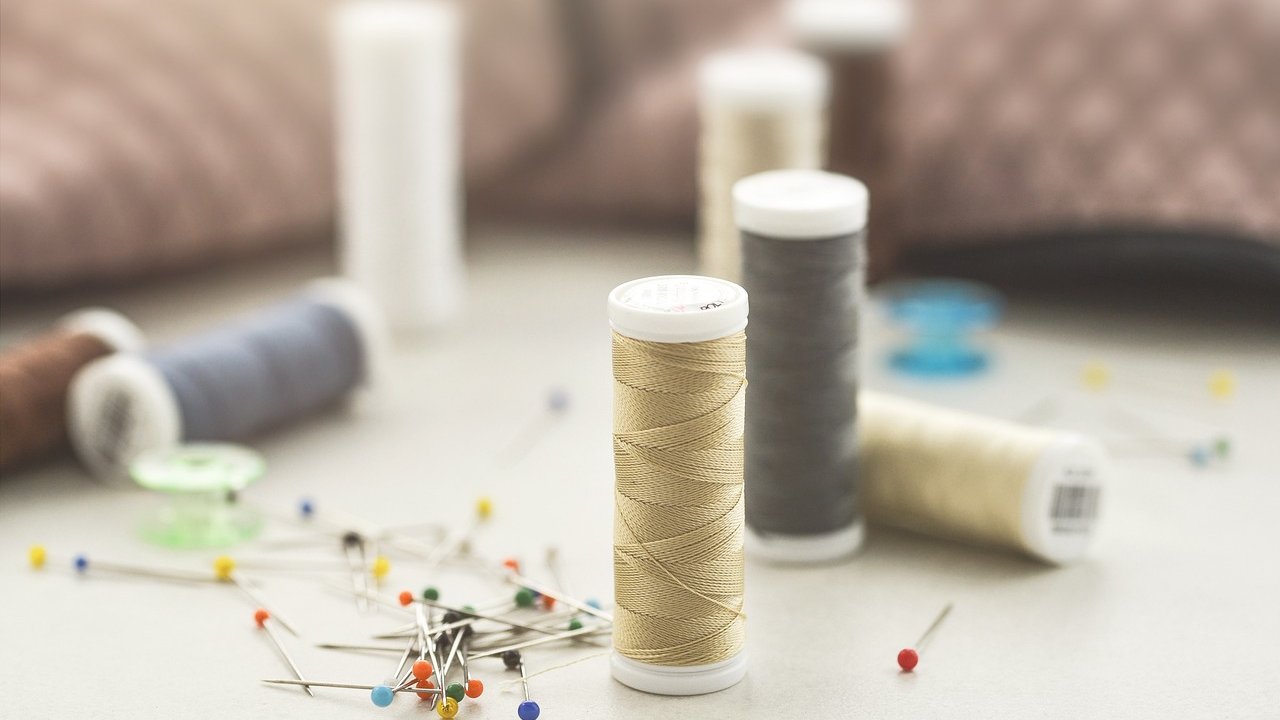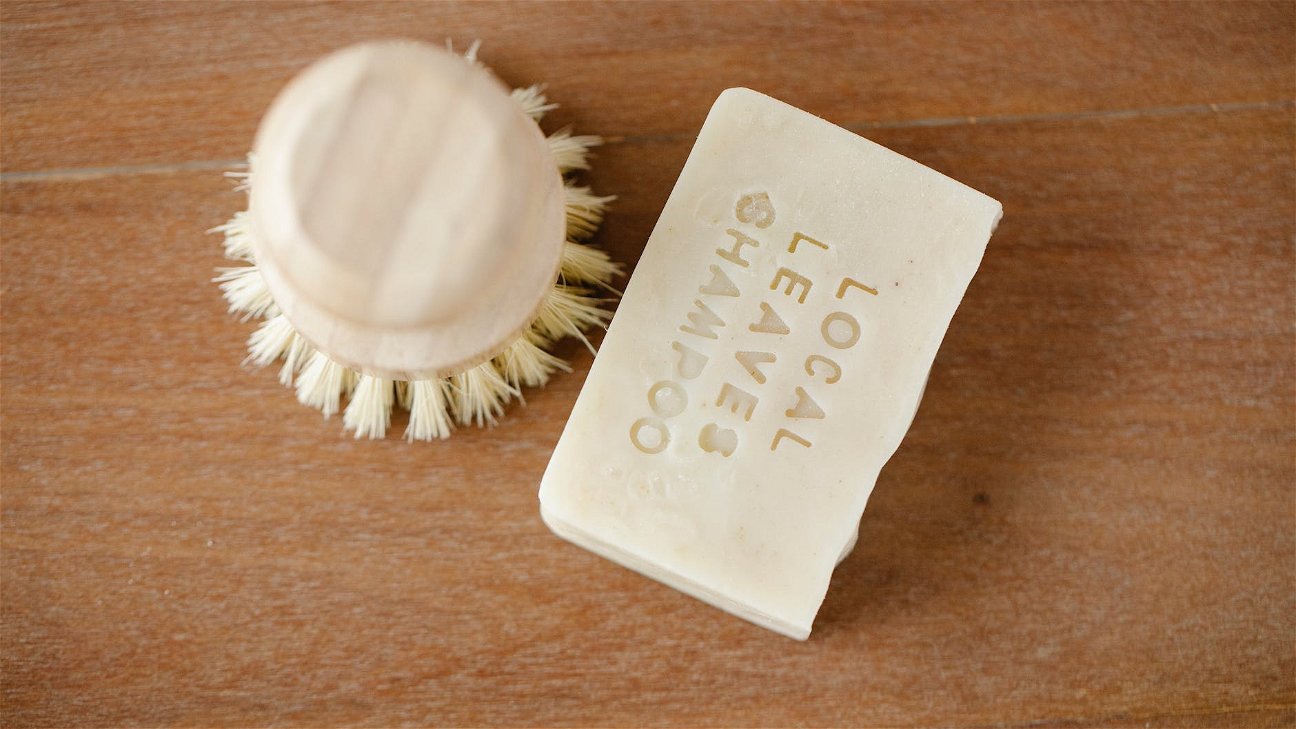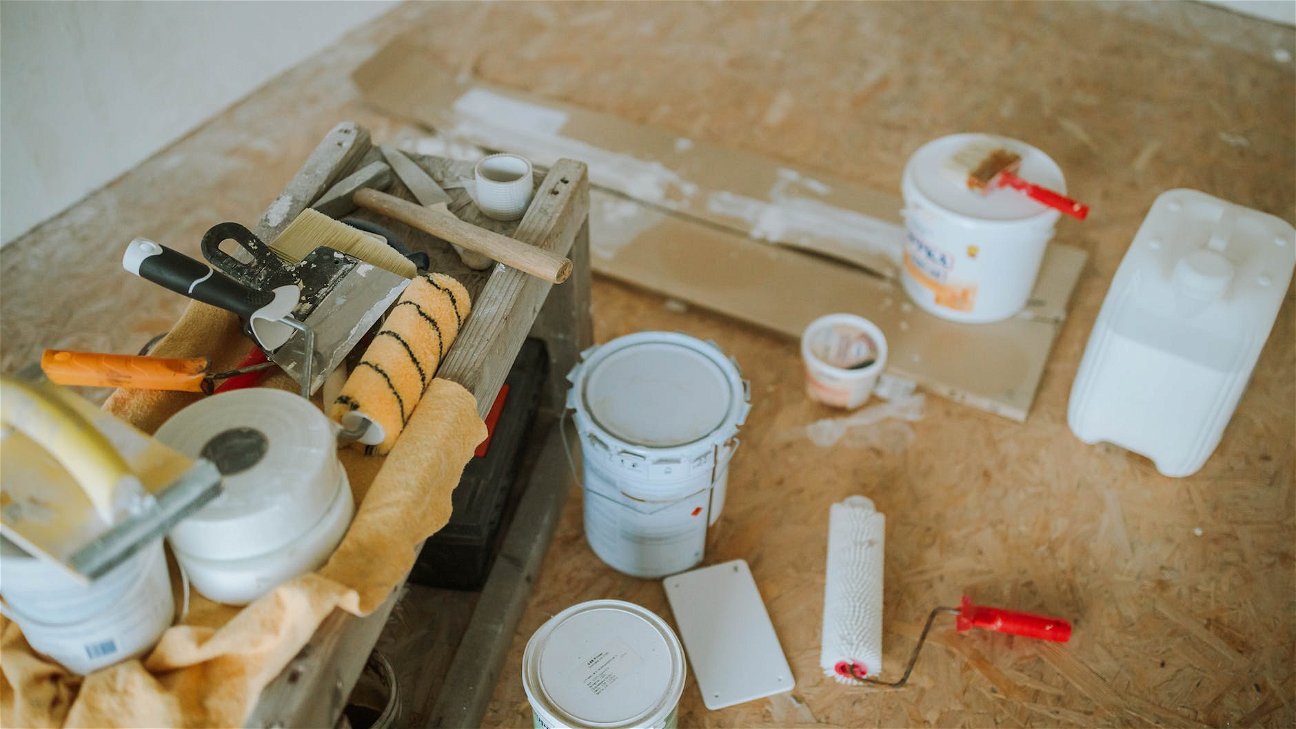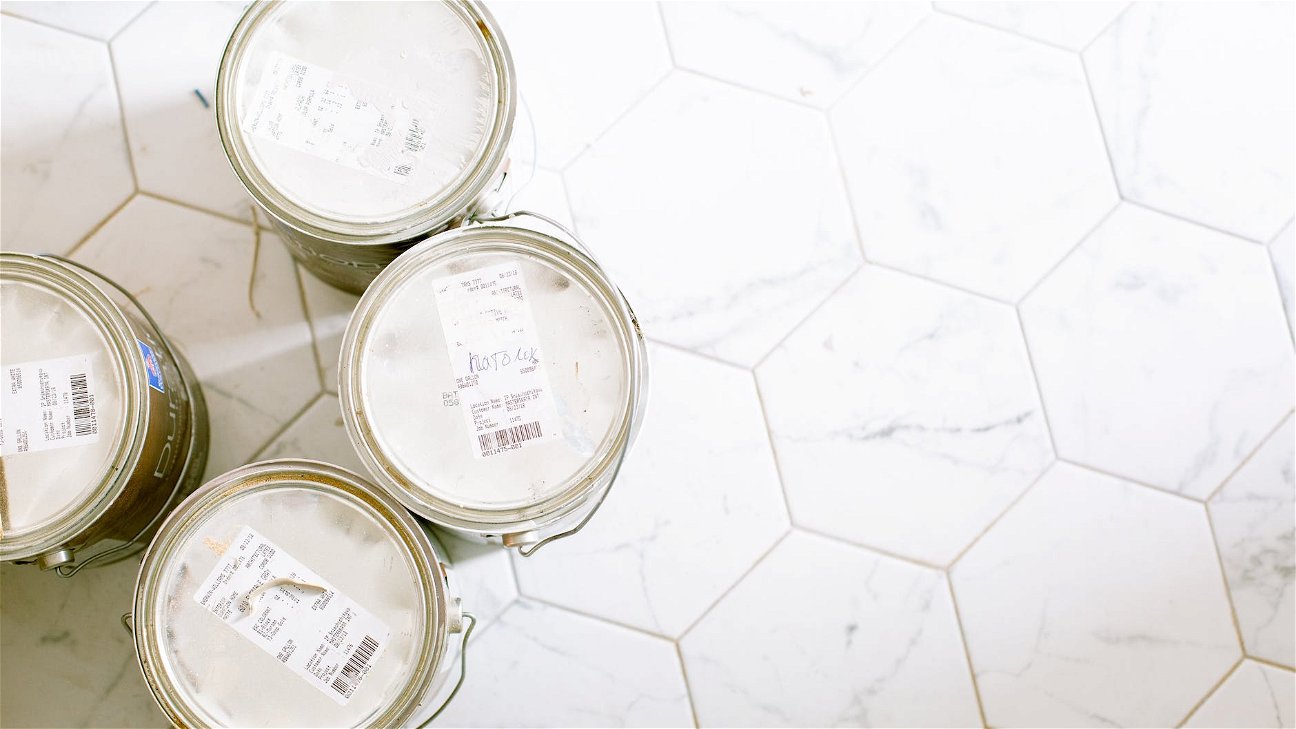
The art of Tapestry Weaving is a fascinating one, steeped in history and tradition. This age-old craft allows us to create intricate designs and patterns using different weaving techniques and materials. Whether you're a novice looking to start a new hobby or an experienced weaver seeking to hone your skills, this guide will provide you with the knowledge you need.
History of Tapestry Weaving
Tapestry weaving has a rich history, dating back to Hellenistic times. The Greeks and Romans used tapestry for decorative purposes, often depicting mythological scenes. Over the centuries, this craft has evolved, with each culture contributing its unique techniques and designs.
Materials for Tapestry Weaving
A variety of materials are used in tapestry weaving. The most common are:
-
Wool: This is the traditional material used for tapestries. It's durable and comes in a wide range of colors.
-
Cotton: Cotton is softer and more flexible than wool, making it a popular choice for weavers.
-
Silk: For a more luxurious finish, some weavers use silk. It gives the tapestry a shiny, high-end look.
-
Synthetic fibers: These are often used in contemporary tapestry weaving, offering a wide range of colors and textures.
Techniques in Tapestry Weaving
There are a number of different techniques used in tapestry weaving. Some of the most common include:
-
Tabby weave: This is the simplest form of weaving, where the weft threads pass over and under the warp threads.
-
Slit weave: In this technique, the weft threads do not cross between different color areas, creating a slit.
-
Double weave: This is a more complex technique, where two layers of cloth are woven at the same time.
Steps to Start Tapestry Weaving
Starting your own tapestry weaving project can be both exciting and daunting. Here are some steps to help you get started:
-
Choose your materials: Decide on the type of yarn and colors you want to use.
-
Prepare your loom: Set up your loom with the warp threads.
-
Begin weaving: Start with a simple tabby weave to get a feel for the process.
-
Create your design: Once you're comfortable with the basic weave, start incorporating different colors and patterns.
-
Finish your tapestry: When you're happy with your design, cut the tapestry off the loom and tie off the loose ends.
Tapestry weaving is a rewarding craft that allows you to create beautiful, intricate designs. Whether you're weaving for pleasure or for practical purposes, this ancient craft offers endless opportunities for creativity. So, why not give it a try?











